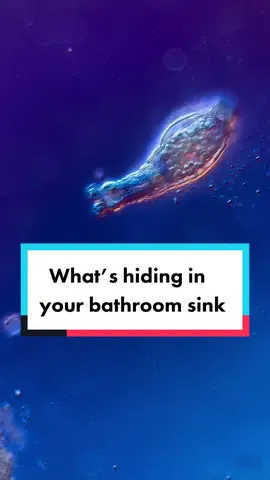Al.al3🫀
Region: KW
Sunday 25 December 2022 19:04:38 GMT
2496
51
2
20
Music
Download
Comments
JF :
🫀🫀
2022-12-26 17:26:58
1
rsj :
⚡️⚡️⚡️⚡️⚡️⚡️
2022-12-26 10:43:52
1
To see more videos from user @al.al3, please go to the Tikwm
homepage.





